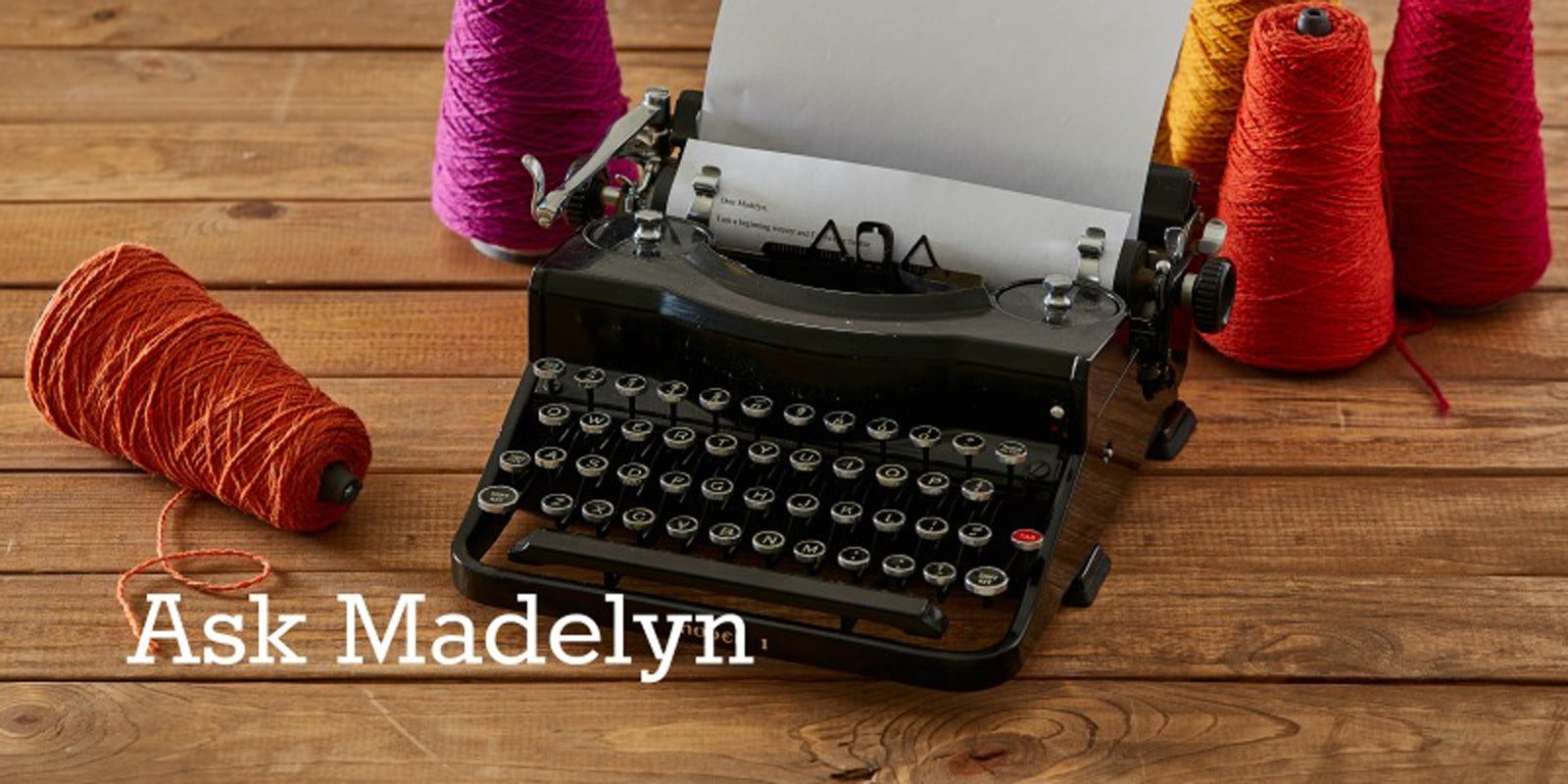Hi Madelyn,
I've been weaving the Star Towels that were in the September/October 2003 issue of Handwoven (Britt-Marie Lamb, pages 28-31). I've made them before, but have always substituted the cottolin that is called for with 8/2 unmercerized cotton, and these towels are wonderfully absorbent and good-looking. However, on this project I've had a persistent problem with several warp threads on one selvedge breaking over and over again. I'm not sure why. The threads on the back beam were a bit messy (crossed over one another), and I wonder if this is the reason? I spent too much time making repairs, but at least that's a skill I know well now!
—Wendy Watson
Hi Wendy!
I'm assuming that the cotton you are using is the same cotton, not one from a different source so that its quality might be in question. My guess is that the tension on those warp threads that you noticed were crossed over one another was slightly compromised. If the threads on that edge had gotten a bit looser for some reason (piling on top of each other might cause that), then it's possible that you had slightly more draw-in on that edge (their tension was not as tight and therefore did not present as much resistance to the pull of the weft).
Some people describe cottolin as possessing the best qualities of both cotton and linen. I think it also possesses the worst qualities of both. It lacks the sheen of linen (the way cotton lacks that sheen) and it lacks the resilience of cotton (the way linen lacks resilience). With draw-in, the reed rubs against the edge threads and can cause breakage. Cottolin would actually be MORE likely to break on the edges, your 8/2 cotton would be more forgiving. I think my overall advice would be to make sure the warp winds on the back beam in a single smooth layer under tight and very even tension no matter what yarn you are using.
—Madelyn

